Rehmannia glutinosa cultivation methods and precautions
Last Update :2024.05.06
Article Catalog
3. Problem diagnosis and treatment
Soil: Rehmannia glutinosa prefers fertile soil, and generally uses sandy soil for planting. Moisture: You should water less at ordinary times. The soil is best when it is moist. In the rainy season, it should be drained in time to prevent waterlogging. Nutrients: Fertilize it once after planting, using chicken, duck, pig manure and human manure. Sunlight: It is a plant that likes light. It should be planted and maintained in a well-lit location, but care should be taken not to be exposed to strong light.
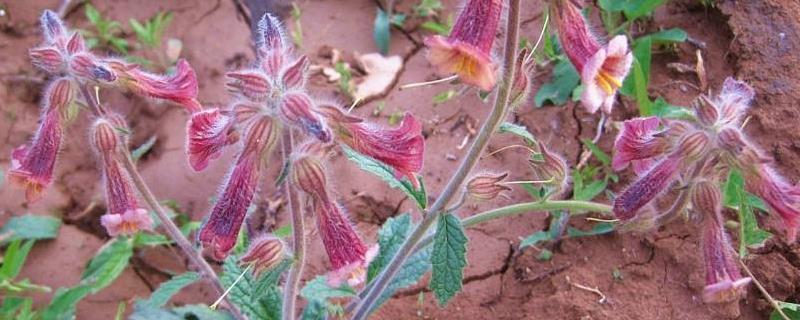
1. Maintenance methods
1. Maintenance methods
1. Soil: Rehmannia glutinosa prefers fertile soil. Sticky red soil and yellow soil are not suitable. Generally, sandy soil is the most suitable for planting.
2. Moisture: Rehmannia glutinosa has poor water absorption and few root systems. Excessive moisture will cause the roots to rot. Just keep the soil moist and water less frequently. There should be no accumulation of water. During the rainy season, water should be drained in time to prevent waterlogging.
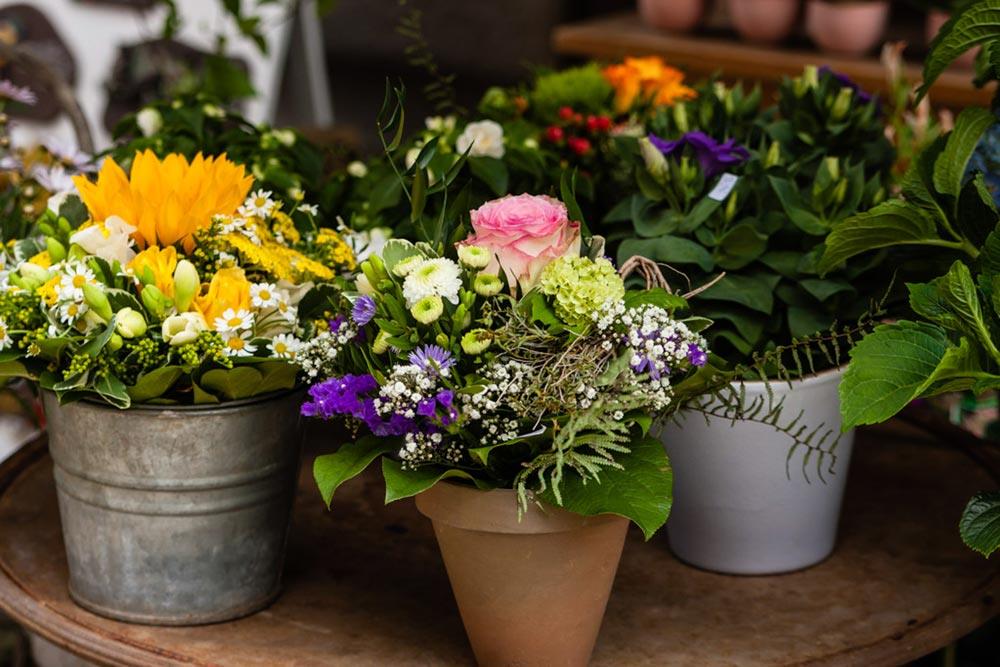
3. Nutrients: Fertilize Rehmannia glutinosa once after cultivation , generally chicken, duck, pig manure and human feces can be used. The rest of the time, you can basically fertilize once every half month, which is more conducive to the growth of Rehmannia glutinosa.
4. Sunlight: Rehmannia glutinosa is a plant that likes light and needs a good sunshine environment during the growth period. When selecting land for planting, do not choose a place close to tall crops, as this will block local yellow light. However, it is also not resistant to strong light exposure, which needs to be noted.
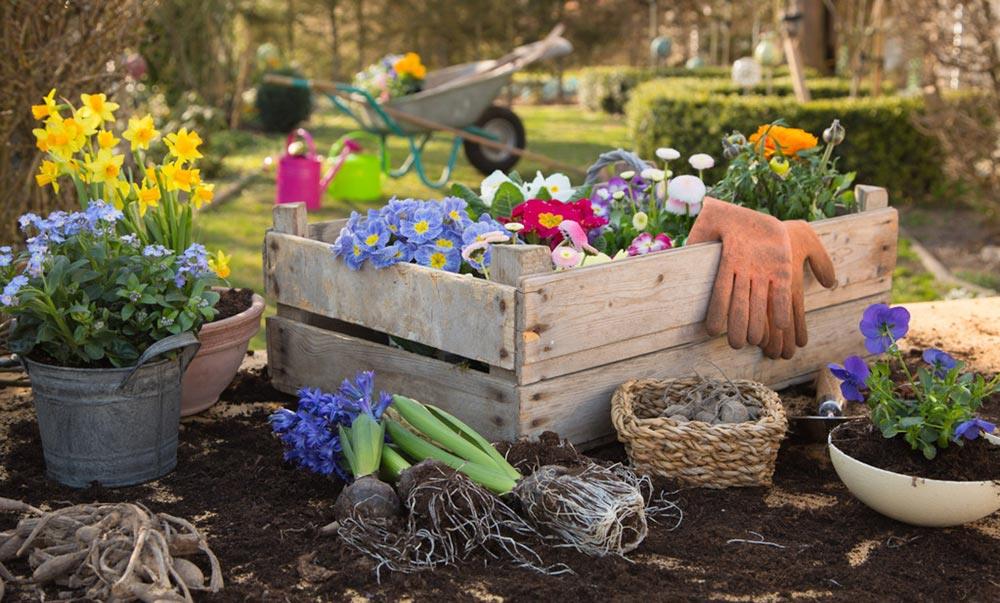
2. Breeding skills
1 . Weeding and pruning: As Rehmannia glutinosa grows, some weeds will grow in the soil. At this time, the weeds need to be dealt with in time, otherwise the weeds will absorb the nutrients in the soil. If the nutrients absorbed by Rehmannia glutinosa are not enough, it will will affect its growth rate. It is also necessary to promptly prune off the dead branches and leaves of Rehmannia glutinosa to reduce nutrient loss.
2. Propagation: Rhizome propagation is generally used to propagate Rehmannia glutinosa. Choose strong rhizomes, dig them up and fold them into short sections of 4 to 5cm. After it dries slightly, transplant it into soil with sufficient nutrients. Pay attention to drainage when it rains, and wait until spring for transplanting.
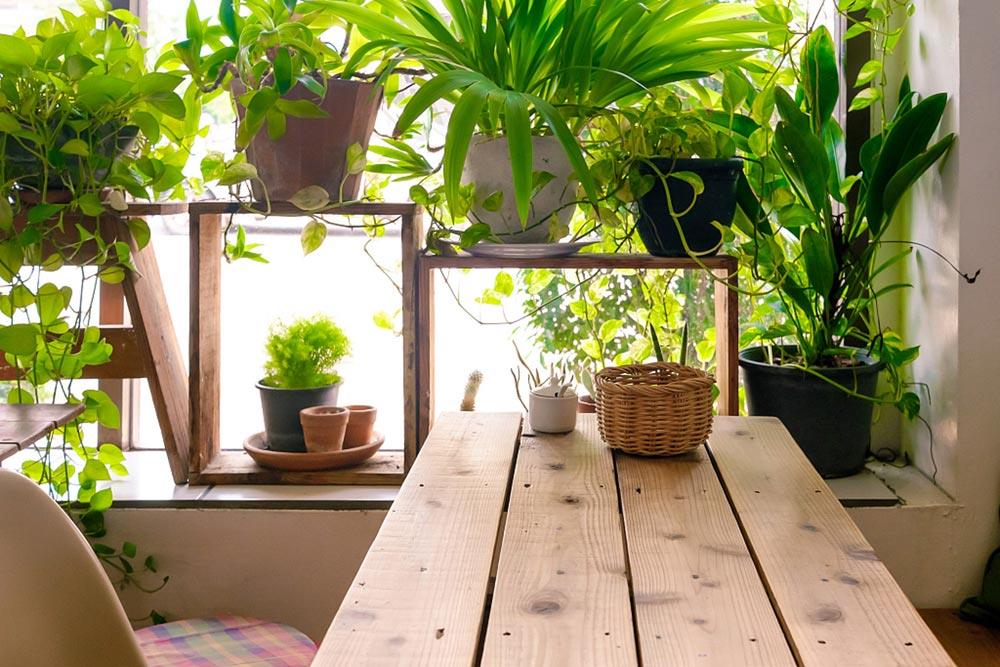
3. Problem diagnosis and treatment
1 2. Spotted blight: Spotted blight and fusarium wilt are common after Rehmannia glutinosa is planted. At this time, you need to use double-amount Bordeaux mixture spray and pay attention to ventilation.
2. Insect pests: Red spider mites and nymphal butterflies are common after planting. At this time, you need to spray ammonium phosphorus and trichlorfon.
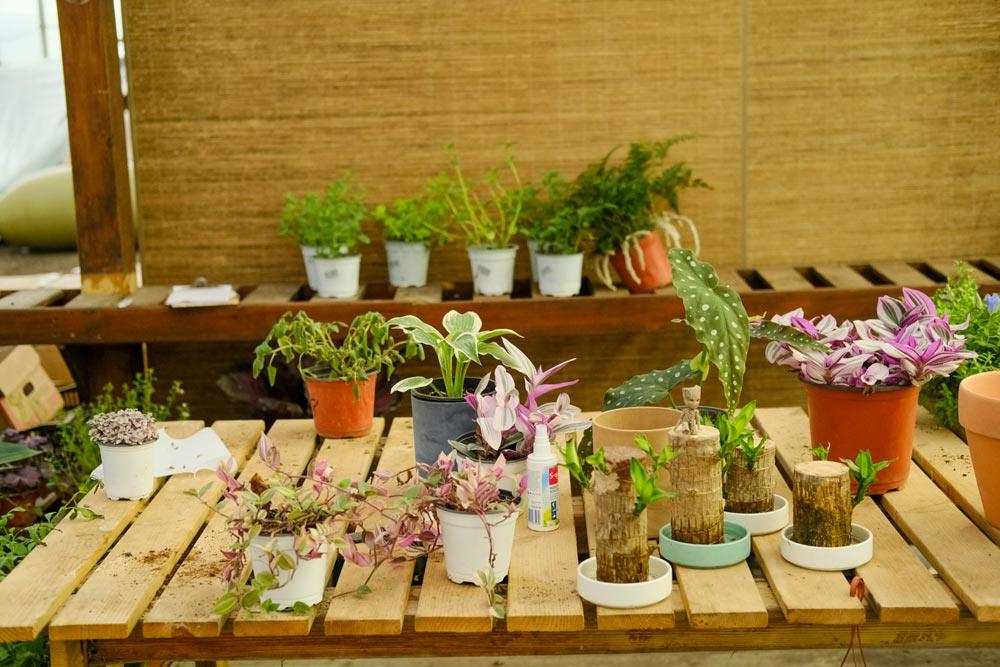
IV. Other questions
1 . How to spend the winter: In winter, potted plants need to be moved indoors for cultivation, and the temperature must be controlled to avoid frostbite of Rehmannia glutinosa.
2. Whether it can be placed indoors: It can be grown indoors, but considering the number of flowers blooming, we need to increase the amount of sunlight appropriately, so that its flowers can bloom more vividly.
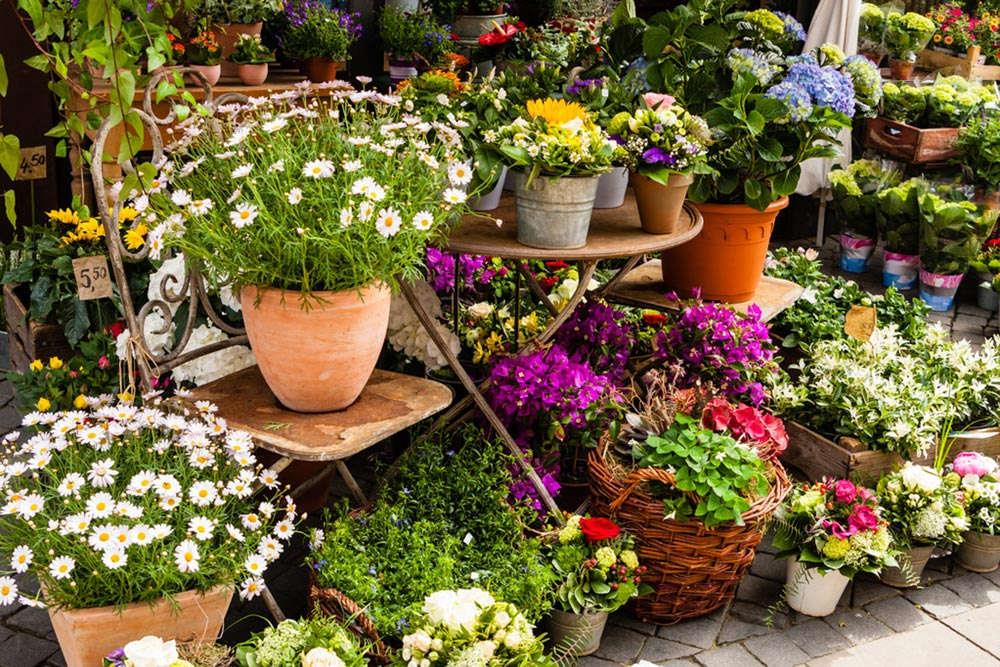
2. Breeding skills
3. Problem diagnosis and treatment
4. Other issues
- END -
air purifying plants indoor flowers

There are many kinds of indoor plants that can purify the air, such as spider plan...
How to grow cucumbers
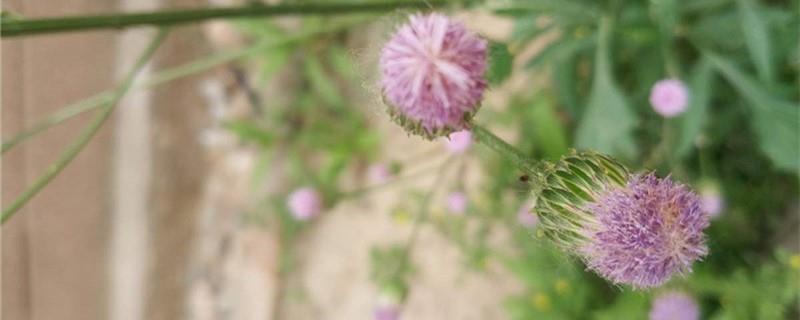
Soil: The plant has strong adaptability and is suitable for cultivation in soil th...